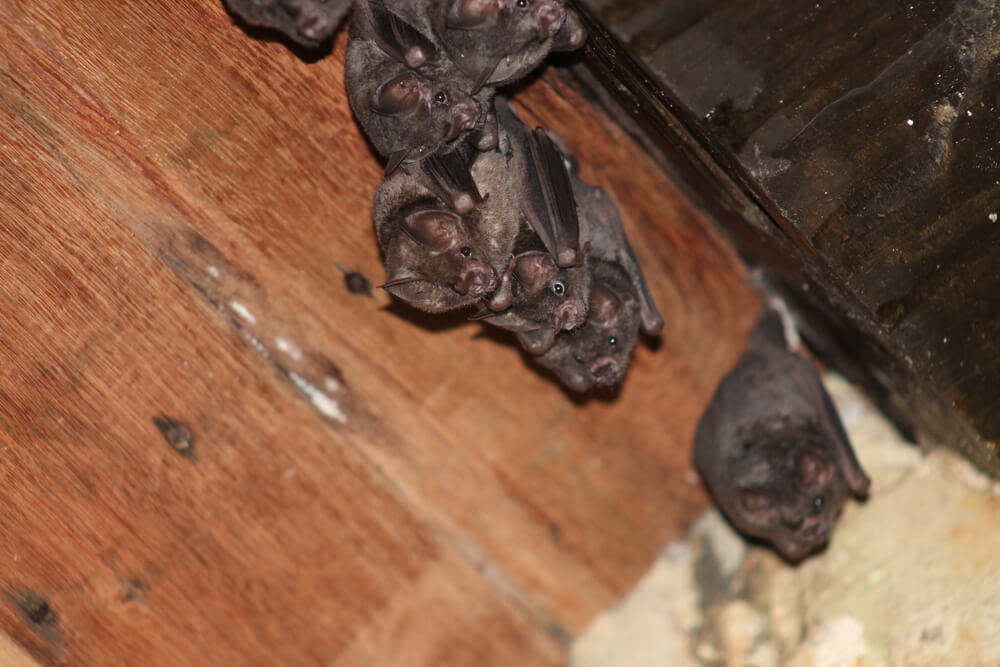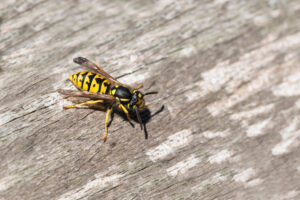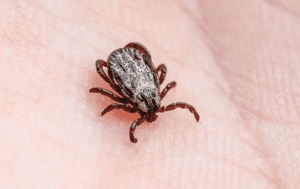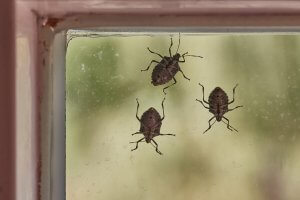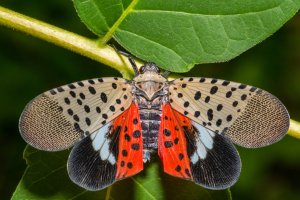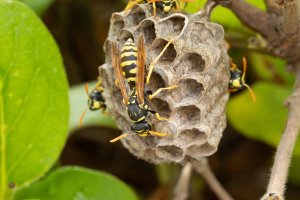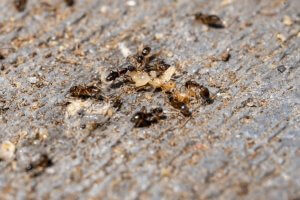Brown Bat Facts
In Massachusetts, brown bats are a common sight and an important part of the local ecosystem. There are two species of brown bats found in the state: the Little Brown Bat (Myotis lucifugus) and the Big Brown Bat (Eptesicus fuscus). Here are some interesting facts about these bats:
Little Brown Bat (Myotis lucifugus)
- Size and Appearance: Little brown bats are small, weighing only about 6-9 grams, with a wingspan of 8-10 inches. They have a glossy brown coat, and their ears are relatively short.
- Diet: They primarily feed on insects, including mosquitoes, beetles, and moths. They play a crucial role in controlling insect populations.
- Habitat: They are found in a variety of habitats, including forests, fields, and urban areas. In Massachusetts, they often roost in buildings, attics, and bat houses during the summer. In winter, they hibernate in caves and mines, where the temperature is stable and cold.
- Reproduction: Mating occurs in the fall, but fertilization is delayed until spring. Females give birth to a single pup in June or July.
- Conservation Status: Little brown bats have been significantly affected by White-nose Syndrome (WNS), a fungal disease that has caused drastic declines in populations across North America, including Massachusetts.
Big Brown Bat (Eptesicus fuscus)
- Size and Appearance: Big brown bats are larger than little brown bats, weighing around 14-21 grams, with a wingspan of 12-16 inches. They have a more robust build and a rich brown fur.
- Diet: Like little brown bats, they feed on insects but tend to eat larger insects such as beetles, wasps, and flying ants.
- Habitat: Big brown bats are versatile in their choice of roosting sites. They are often found in buildings, including barns, homes, and even bat boxes. They also use tree cavities and rock crevices.
- Reproduction: Big brown bats typically give birth to twins, though single births are also common. The pups are born in late spring or early summer.
- Conservation Status: While less affected by White-nose Syndrome than little brown bats, big brown bats have also seen population declines. However, they are more resilient due to their flexible roosting habits and less reliance on specific hibernation sites.
General Facts
- Echolocation: Both species use echolocation to navigate and hunt for prey, emitting high-frequency sounds and listening for the echoes to determine the location of objects.
- Longevity: Despite their small size, bats can live relatively long lives. Little brown bats can live up to 30 years in the wild, although their average lifespan is much shorter.
- Ecosystem Role: Bats are essential for pest control, consuming vast numbers of insects every night. This makes them valuable for agriculture and human comfort.
Conservation Concerns
Both species face threats from habitat loss, pesticide use, and diseases like White-nose Syndrome. Conservation efforts in Massachusetts include monitoring populations, protecting hibernation sites, and promoting bat-friendly removal practices in urban and rural areas.

